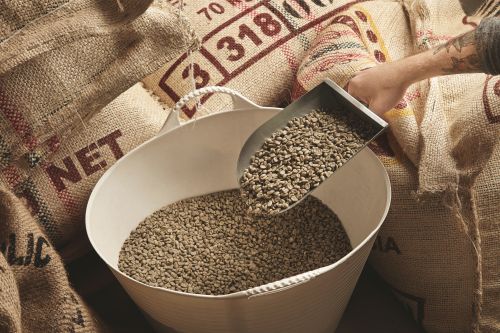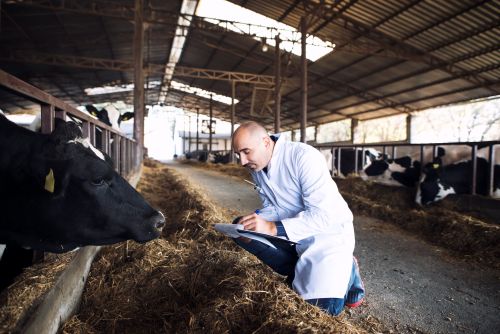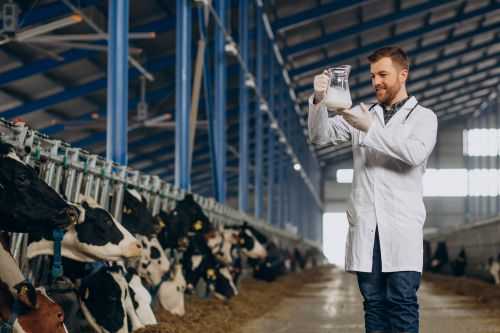754

When it comes to innovation and growth in global agriculture, there is no bypassing European agricultural machinery manufacturers. "Digital networks and environmentally friendly drive concepts form the foundation of tomorrow's agriculture. Nowhere is this more evident than at this Agritechnica that agricultural machinery is the key engine for the agriculture of the future," said Dr. Tobias Ehrhard, Managing Director of the VDMA Agricultural Machinery Association, at the opening of the world's largest trade fair for agricultural machinery, tractors, and associated software systems, Agritechnica 2023.
Peak in the First Half of the Year
The agricultural machinery sector reached its peak in the middle of the year. With growth rates in the high double-digit range, agricultural machinery manufacturers organized in VDMA achieved half-year sales of well over 6 billion euros. "Once supply bottlenecks caused by the pandemic and crisis eased, historic order backlogs were gradually reduced," explained Ehrhard.
Technologies That Pay Off
VDMA is now counting on the Agritechnica effect: "Anyone who takes even a superficial look at the unique portfolio offered by this trade fair will immediately recognize how many innovative technologies it contains to prepare agricultural businesses even better and more sustainably for future success," said the managing director of the industrial association.
Do More with Less
Farmers and entrepreneurs can only meet demanding European sustainability goals with high-performance technology and efficient operational processes. "Achieving precise yields, or to put it even more simply: getting more out of less, is the promising approach for tomorrow's arable farming," emphasized Ehrhard.
The industry's promise of efficiency is particularly high when it comes to sustainable fertilization methods and crop protection. Local farming, for example, is currently on the rise. State-of-the-art technology with sensors, video, and software ensures that plant protection products can be applied in real-time and precisely according to the needs of the individual plant.
"Thanks to this technology, literally nothing goes wrong with the application of fertilizers. Experts call it 'precision spreading.' This saves money and protects the environment," summarized Ehrhard.
Reducing CO2 by Up to 90%
The decarbonization of agricultural machinery and tractor fleets also has positive effects on the environment and climate. "Politicians must now set the framework conditions to ensure that biogenic and synthetic fuels reach agricultural practice as quickly as possible," demanded Ehrhard.
According to the industry association, ecological liquid and gaseous fuels are the most efficient solution for agricultural machinery. Hydrogenated vegetable oils from residues are discussed as a promising option, directly usable:
"With so-called HVO fuels, up to 90% of CO2 emissions could already be saved compared to fossil fuels. This has a strong impact, especially on the existing fleet." In the power range of up to 100 kilowatts, battery-powered electric drives are already seen as a commercially viable option in many places for defined applications in agricultural operations and special crops.
Reorganizing Export Geographies
At the international market level, VDMA observes at least a "partial reorganization of the export geographies of agricultural machinery and tractors as a result of Russia's war of aggression against Ukraine.
Exports of European agricultural machinery to the United States, as well as to countries in South America and Southeast Asia, have recently gained significant importance," said the industry expert.
This also helps cushion the current sideways movement of industrial economic activity in some traditional markets in Western Europe, at least in certain areas.
Acceptable Development Forecast for 2024
Expectations for global business next year are generally cautious. "However, we must not forget how robust farmers' income has recently been," Ehrhard summarized. While there may be signs of a slowdown compared to the peak level of the current year, an overall negative trend is not currently foreseeable.





